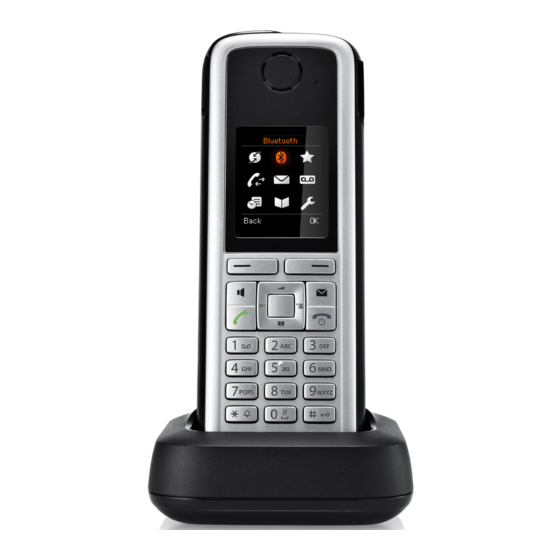
Unify OpenStage M3 Plus User Manual
On hipath cordless ip
Hide thumbs
Also See for OpenStage M3 Plus:
- Operating instructions manual (130 pages) ,
- Administrator documentation (53 pages) ,
- Information (51 pages)

















Need help?
Do you have a question about the OpenStage M3 Plus and is the answer not in the manual?
Questions and answers